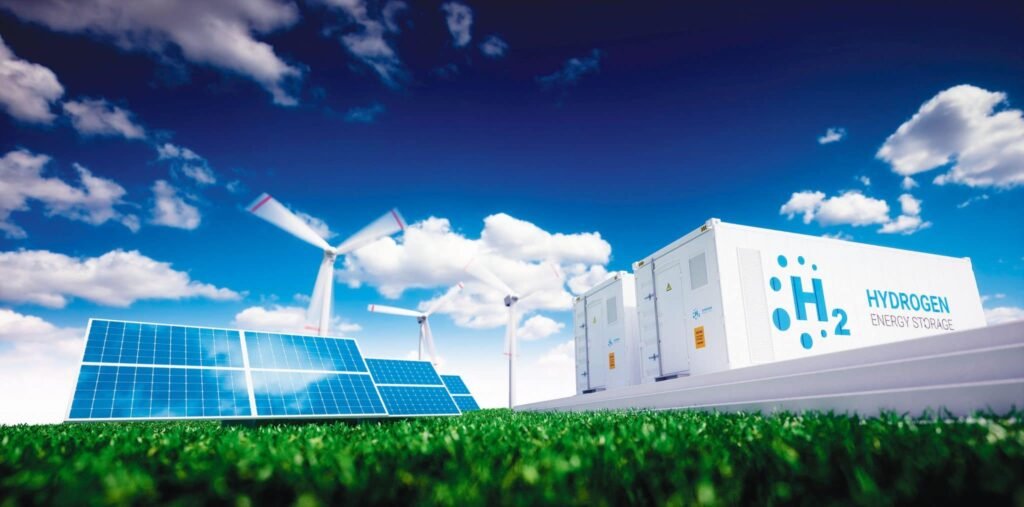Hydrogen is an energy vector for the energy transition provided that it is decarbon, that is to say that it is produced by renewable energies. Reminder of the techniques in force and uses.
Electrolysis and gasification
It is in the electrolysis of water, with electricity from intermittent renewable energies, that the real potential for the production of decarbon hydrogen production resides. The surpluses of production of wind turbines and photovoltaic installations can indeed be used for this transformation. However, this path is still two to three times more expensive today than the reforming of natural gas. The sector must therefore work down the production costs.
It is also possible to produce hydrogen by gasification, with combustion of coal (to be excluded for the carbon balance) or biomass. This last solution allows recycling of the woody or solid biomass that is not very conducive to methanisation and is therefore interesting. The production of dihydrogen (H2) can also be carried out by reforming natural gas with water vapor. To be decarbonized, this operation requires the use of biomethane. But is that the best use for the latter, its direct injection use ensuring an energy without loss of energy?
Hydrogen panel
There is another source of production, still in the technological watch state: the city of Sendai and the University of Tohoku, in the prefecture of Miyagi, in Japan, jointly started in autumn 2003 to develop a system to produce Hydrogen from purification sludge according to the principle The photo-composition of hydrogen sulfide (H2S) by exposure to solar rays.
In addition, researchers from the National Lawrence Berkeley Laboratory and the Center Common Artificial Photosynthesis (United States) have developed a “photo-electrochemical and voltaic hybrid cell (HPEV)”, a device that transforms sunlight not Only in hydrogen, but also in electricity. This double production would glimpse yields of around 20 %.
Mobility advantage
The postulate of decarbon hydrogen is therefore based, in addition to the gasification of non-rewardable biomass in methane, on the surplus of intermittent renewable energies and therefore a strong development of these. With a watermark question: is this the best way to use and store electricity in surplus?
Hydrogen is undoubtedly an interesting way to store the surplus of electricity, but not necessarily the one that presents the best yield. The direct use of this surplus for the load of electric vehicles is more efficient. However, hydrogen has a particular interest in the decarbonation of mobility and transport in general thanks to the fuel cells embedded in vehicles which then convert hydrogen into electricity. Advantage compared to electric vehicles on battery: rapid charging time and great autonomy. To consider a large-scale deployment, economically viable, that is to say after the launch phase subsidized by states (like nuclear!) It will be necessary to divide the costs of production by electrolysis, to determine a cost of CO2, to hold account of yield reductions at each stage (electricity to hydrogen and then hydrogen to electricity), and deploy in parallel the transport infrastructure. This last step is currently taking place.
|
Valuation of decarbon hydrogen Three large valuation routes are possible: It is also possible to use fuel hydrogen for thermal engines, but this process would not be efficient. |

